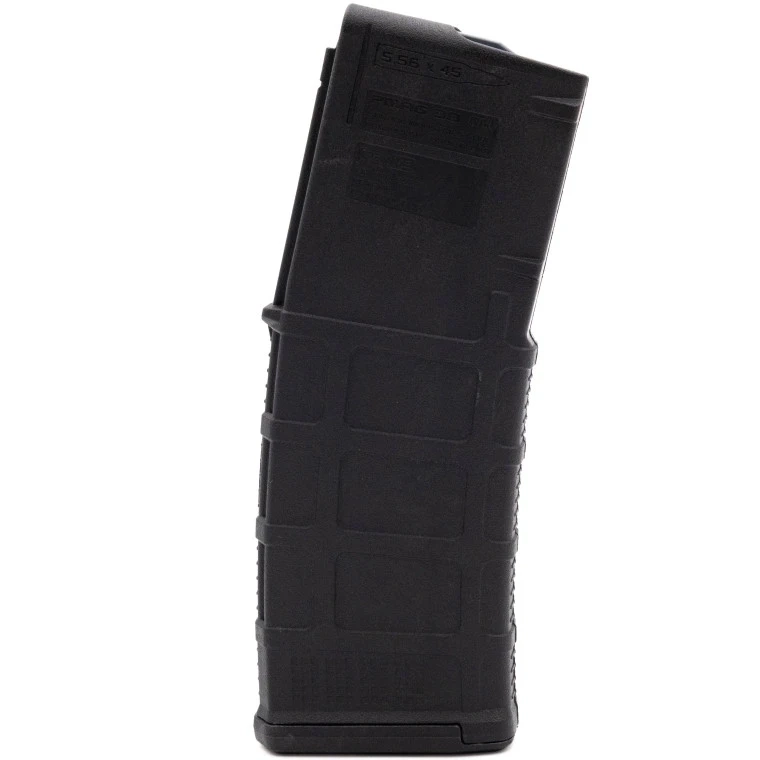Rifle magazines are often perceived merely as devices that store and feed ammunition into a gun's firing chamber. However, this perspective overlooks the complexity and significance of magazines in the functionality and performance of rifles. Far from being just simple containers, magazines are integral components that influence a rifle's reliability, speed, and adaptability in various situations. This article delves into the multifaceted roles and innovations of rifle magazines, highlighting their importance beyond their basic function.
At its core, a rifle magazine is indeed designed to hold ammunition and ensure its smooth feeding into the chamber for firing. This basic functionality is critical in both military and civilian contexts, allowing shooters to fire multiple rounds quickly without manually loading each one. However, the design, capacity, and type of magazine significantly affect a rifle's overall performance and usability.
Design and Innovation
Magazine design has evolved dramatically over the years, leading to improvements in reliability and speed. Early rifles were often equipped with fixed magazines, which were integral to the rifle's structure and could only be reloaded using clips. This design limited the speed at which a rifle could be reloaded. The development of detachable magazines was a significant innovation, allowing shooters to quickly exchange empty magazines for full ones, greatly reducing reload times and enhancing the rifle's effectiveness in combat situations.
Today, magazines come in various designs, including box, drum, and tubular, each with its own set of advantages. Box magazines are the most common, offering a balance between capacity and size, making them practical for both military and civilian use. Drum magazines offer higher capacities, ideal for situations requiring sustained fire, but can be bulkier and heavier. Tubular magazines, often found in lever-action rifles, have a unique aesthetic and historical significance but may have limitations in terms of capacity and the types of ammunition they can accommodate.
Capacity and Regulations
The capacity of a rifle magazine is a hotly debated topic, particularly in discussions about gun control. Magazines range from low-capacity (holding a few rounds) to high-capacity (holding dozens of rounds). Higher capacity magazines allow for more shots before needing to reload, which can be critical in defensive situations or competitive shooting sports. However, they have also been subject to regulation due to concerns over their use in criminal activities. The balance between utility and safety continues to shape the design and availability of rifle magazines.
Material and Durability
The materials used in magazine construction play a crucial role in their reliability and durability. Early magazines were often made from metals like steel, which provided durability but added weight. Advances in materials science have led to the use of lightweight polymers that can withstand harsh conditions while reducing the overall weight of the magazine. This development has improved the portability and handling of rifles equipped with these magazines, without compromising their strength and reliability.
Compatibility and Customization
Magazine compatibility is another critical aspect, especially for shooters who own multiple rifles or those looking for upgrades. The ability to use the same magazines across different rifle models adds a layer of convenience and flexibility. Moreover, the aftermarket for rifle magazines offers a range of customization options, including extended capacities, enhanced followers, and springs designed to improve feeding reliability. Such customization options allow shooters to tailor their equipment to their specific needs and preferences.
Summing up, rifle magazines are more than just ammunition holders; they are pivotal components that impact a rifle's functionality, adaptability, and performance. Through continuous innovation in design, materials, and technology, magazines have evolved to meet the diverse needs of users.


